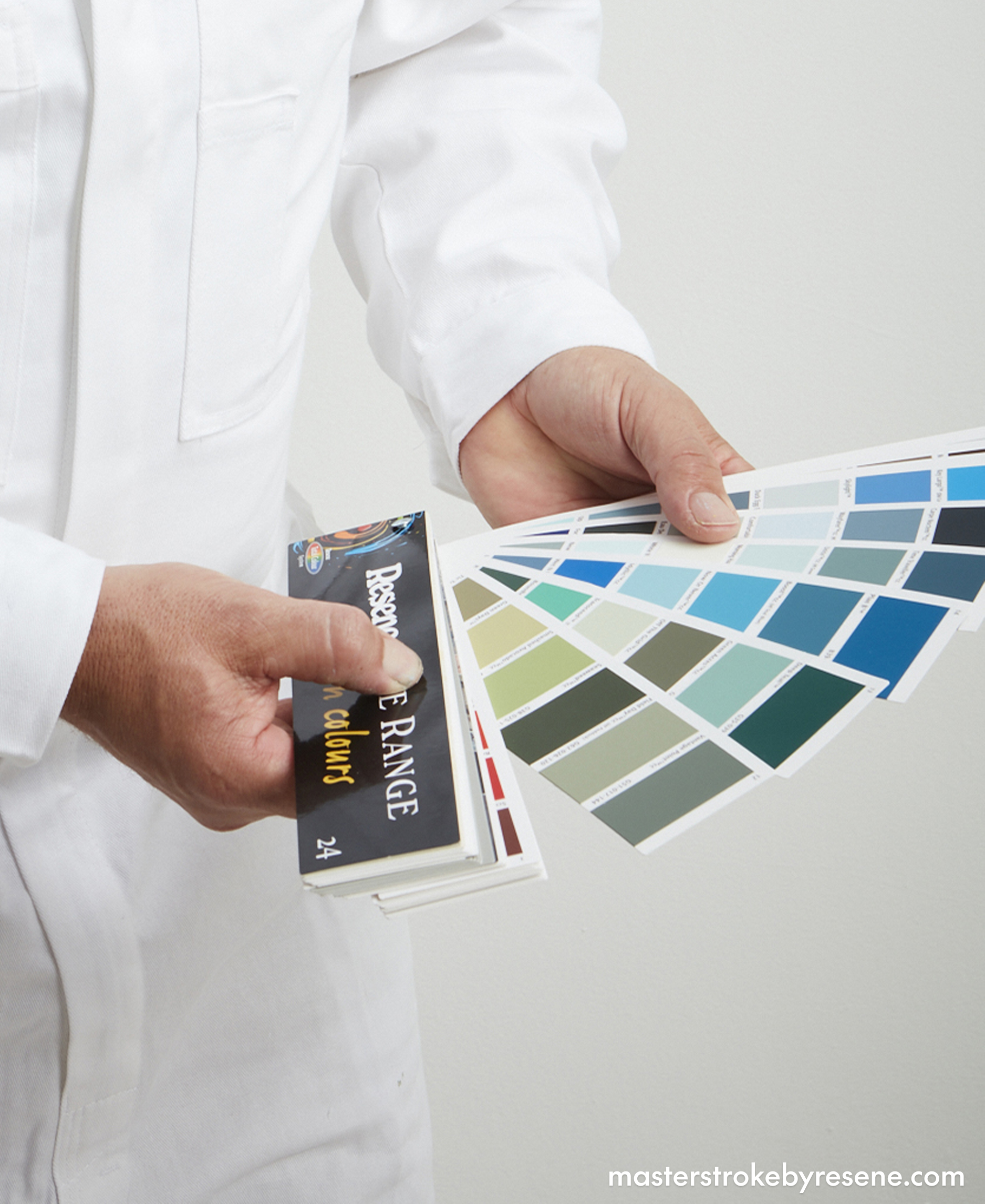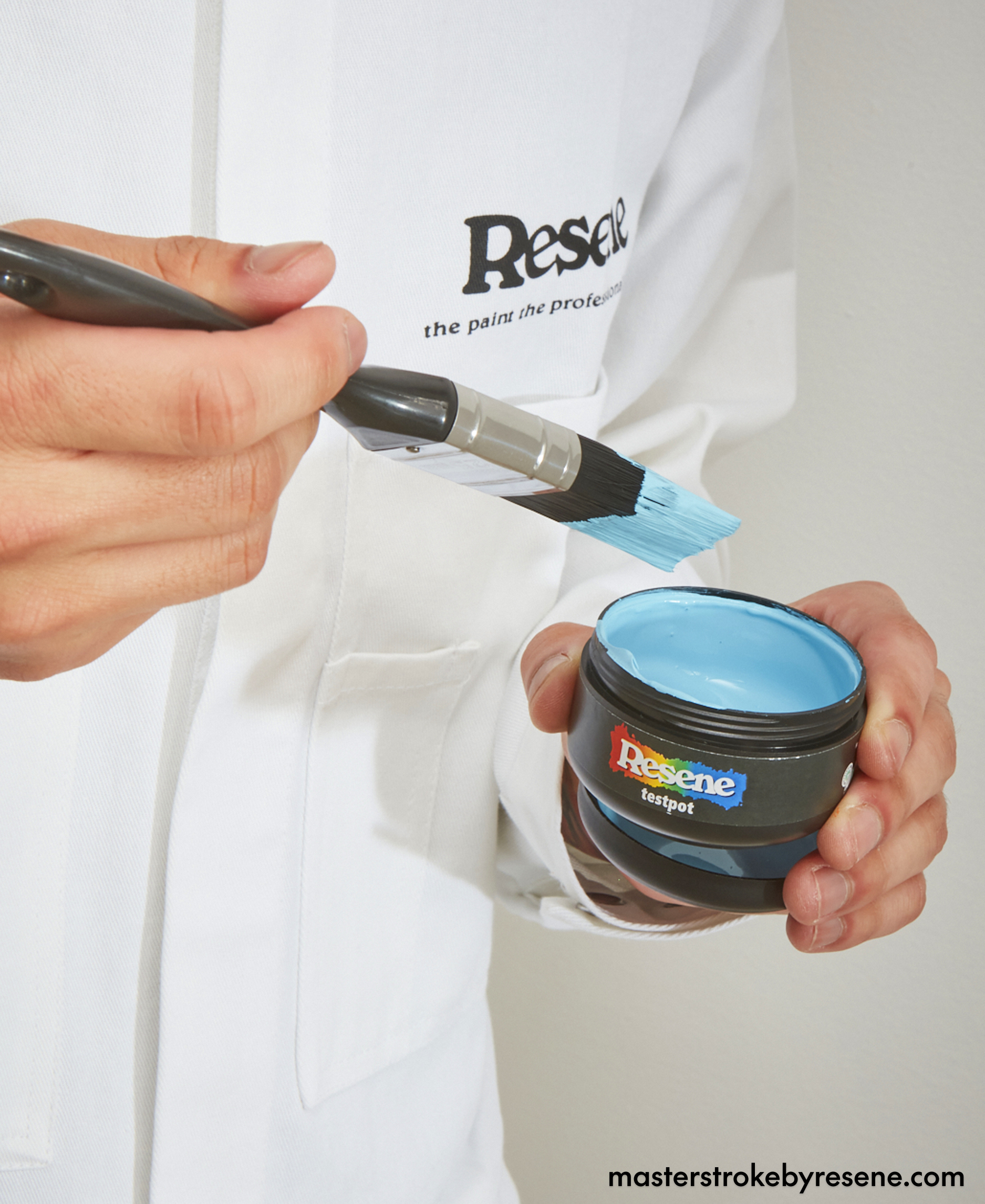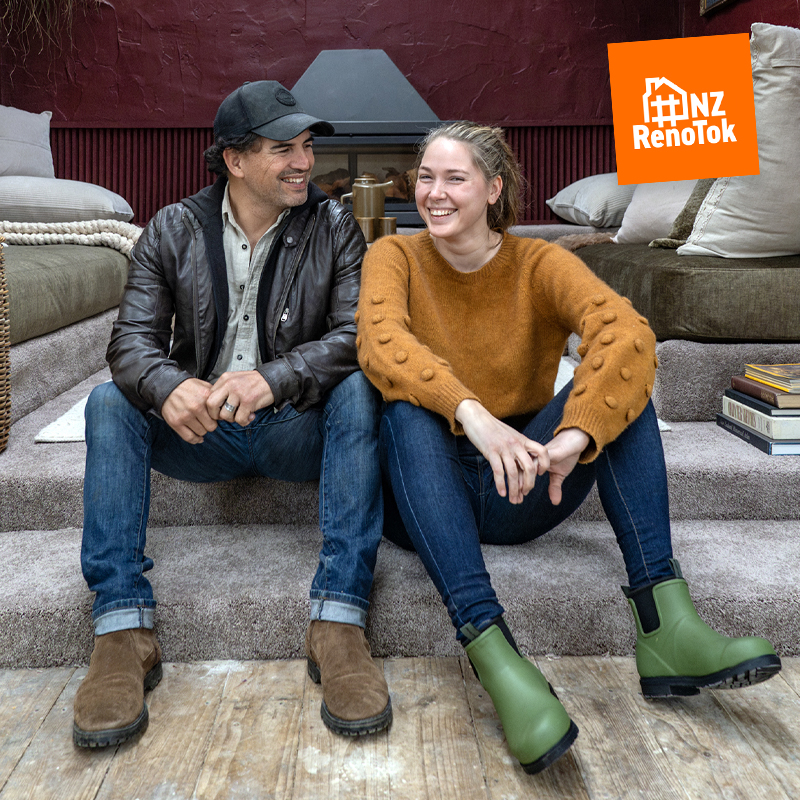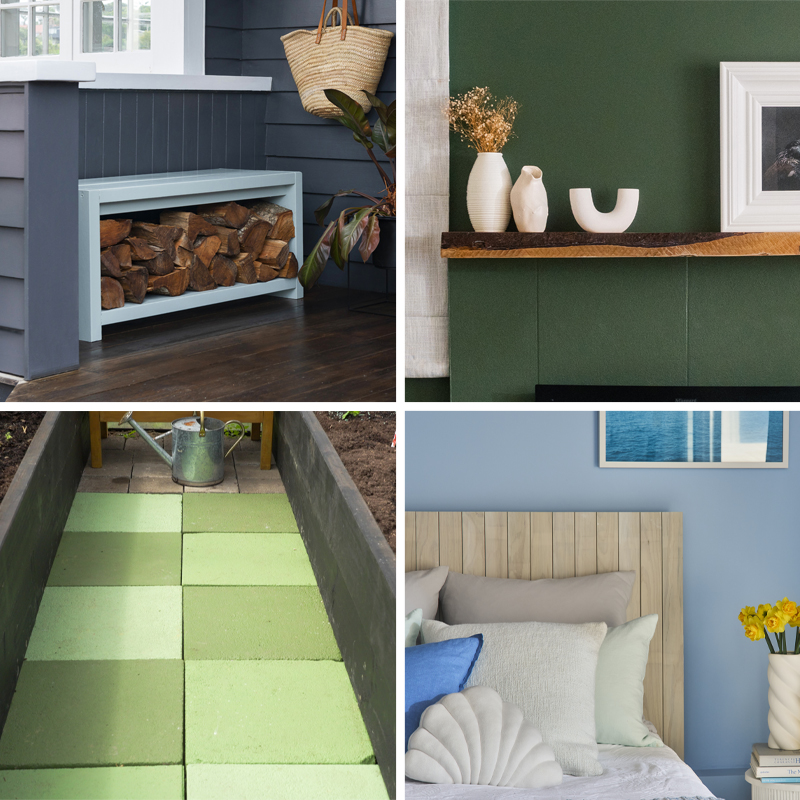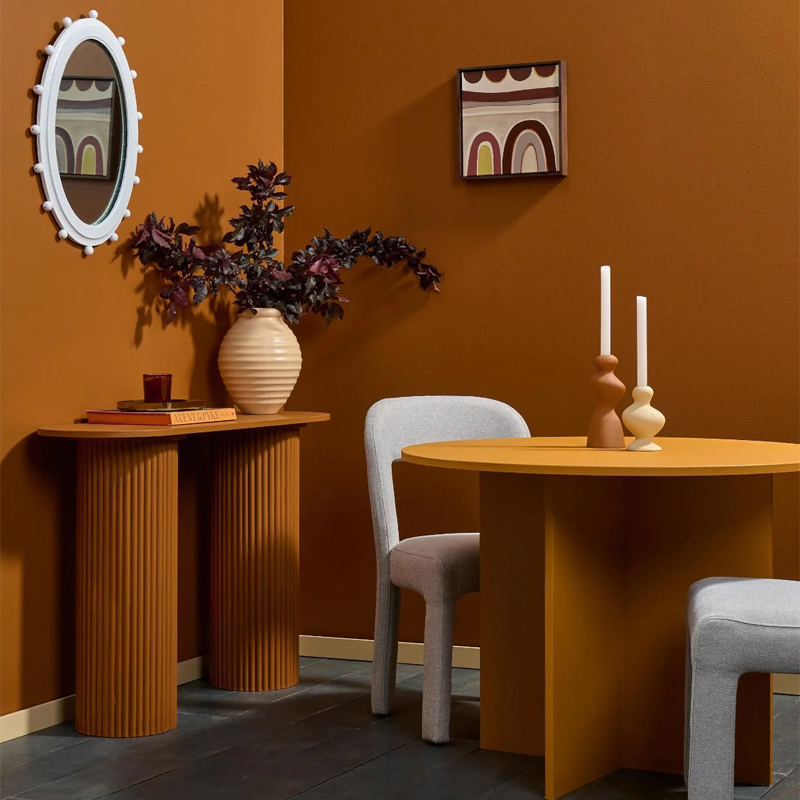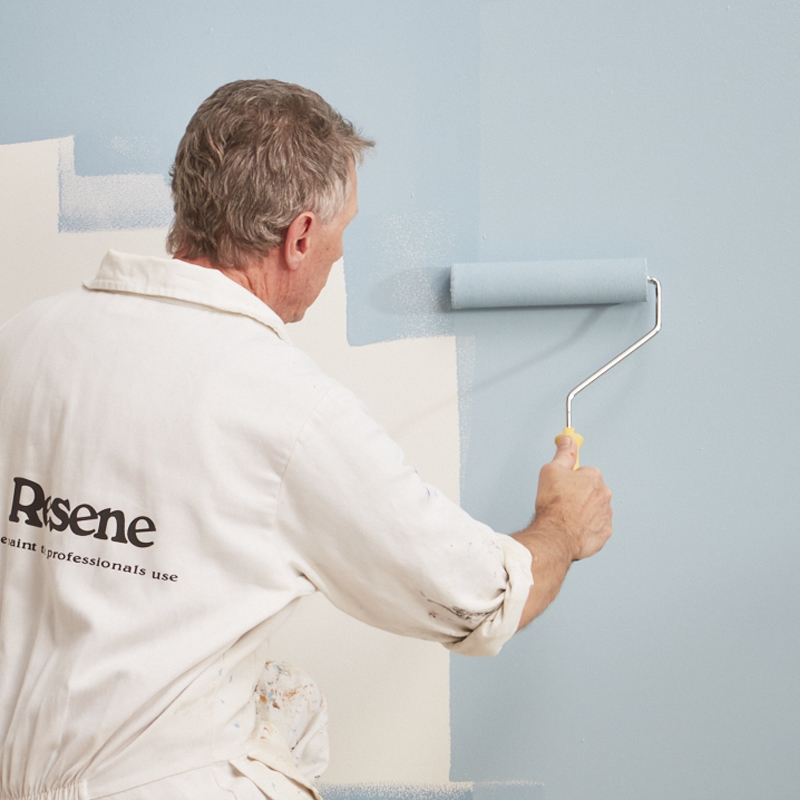Choosing a colour palette for your home can be a daunting prospect. Warm, cool, neutral or bold, it can be hard to know where to start. But Resene colour consultant Christine Hodges says choosing paint colours shouldn’t be overwhelming. Trust your likes and dislikes, and remember help is always available if you need it.
“Start simple,” she says. “First of all, ask yourself what colours you like. Do you go for bright and bold hues, or do you prefer a pared back look? Are you looking for a soft, peaceful feel to your space, or something with more drama and energy? What style makes you happy? It’s a very personal choice.”
Christine loves helping people select colour to transform their homes. At a time when building and consumer costs are high, paint is a highly cost-effective way to breathe creative new life into a space.
“Colour is wonderful because it does so many things. It makes us feel cheery, it can provide a focus, or it can be very calming. And the great thing is, there is no right or wrong when it comes to choosing paint colours. What’s the worst that can happen? You decide it’s not for you and paint it out with another option. Colour mistakes are pretty easy to fix.”
Christine suggests starting with the basics. Look at what you already have in the room: the upholstery of your furnishings, joinery, benchtops, the flooring, views to the outdoors, and your accessories, including artwork. Draw clues from your interior to help strengthen your colour palette.
Next, consider which direction your home faces. North-facing, light-filled spaces work best with cool colours. South-facing rooms respond well to warm hues and darker tones. Do you have a large feature window or a spectacular view to showcase? If so, ensure your colour choice draws the eye to this.
Resene ColorShops have many tools available to help you make your decisions, like Resene testpots and a colour library of A4 paint swatches to help minimise the chance of making a mistake before you buy, plus helpful in-store colour consultants who are available to help with decision making.
This guide will help you understand the basics of colour and how it will affect your interior, and give you some tips to choosing the right colour palette for your space.

